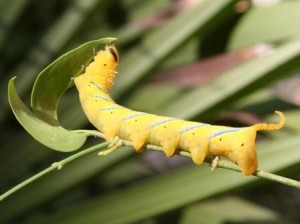 Entomology is the science that studies insects, a group of more than one million species currently known. Insects constitute about 80% of animal species on the Earth, but it is supposed there are even more than 30 million.
Entomology is the science that studies insects, a group of more than one million species currently known. Insects constitute about 80% of animal species on the Earth, but it is supposed there are even more than 30 million.
Only invertebrates capable of flight, belong to a class of arthropods, whose first fossils date back about 400 million years ago.
Insects, even in their wide variety of shapes, are recognizable by a series of special characteristics. Their body, divided into head, thorax and abdomen, is covered with an exoskeleton. They are equipped with a pair of antennae, oral apparatus modeified depending on the diet, three pairs of jointed legs and originally two pairs of wings. Generally insects have simple eyes (ocelli) or compound eyes, accompanied by other organs such as chemoreceptors and tactile hairs or bristles. Respiration is done via tracheae in case of terrestrial insects or via gills for the aquatic ones. The metamorphosis from egg to adult may be gradual, through several nymphal stages (see locusts), or complete, through various larval stages (see butterflies, bees and beetles). The metamorphosis cycle can last from a few hours to a few years.
The small size, the high reproductive capacity and the ability to fly, which favored the dispersion, have allowed insect colonization of all environments on the Earth, even the most extreme, with the exception of marine habitat.
The study of the insects and their communities is crucial in research about biodiversity, environmental quality, wildlife evolution of a territory. In fact, many insects are used as biological indicators. On the other side, the destruction habitats where insects live has meant that several species are now considered endangered.
At the Natural History Museum of Venice Giancarlo Ligabue there is a specific section of Entomology, with a scientific laboratory, equipped with a rich collection of confrontation. The local entomological tradition, founded by Prof. Antonio Giordani Soika, internationally renowned entomologist and former director of the Museum, is proved by more than 70 years of studies and researches, conducted in the Venice, but also in Italy and abroad.